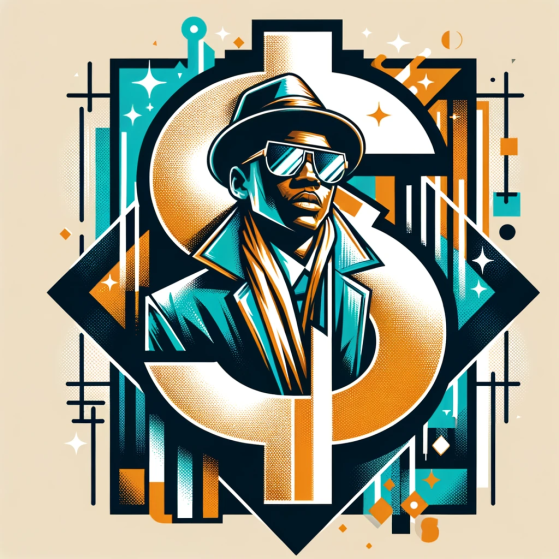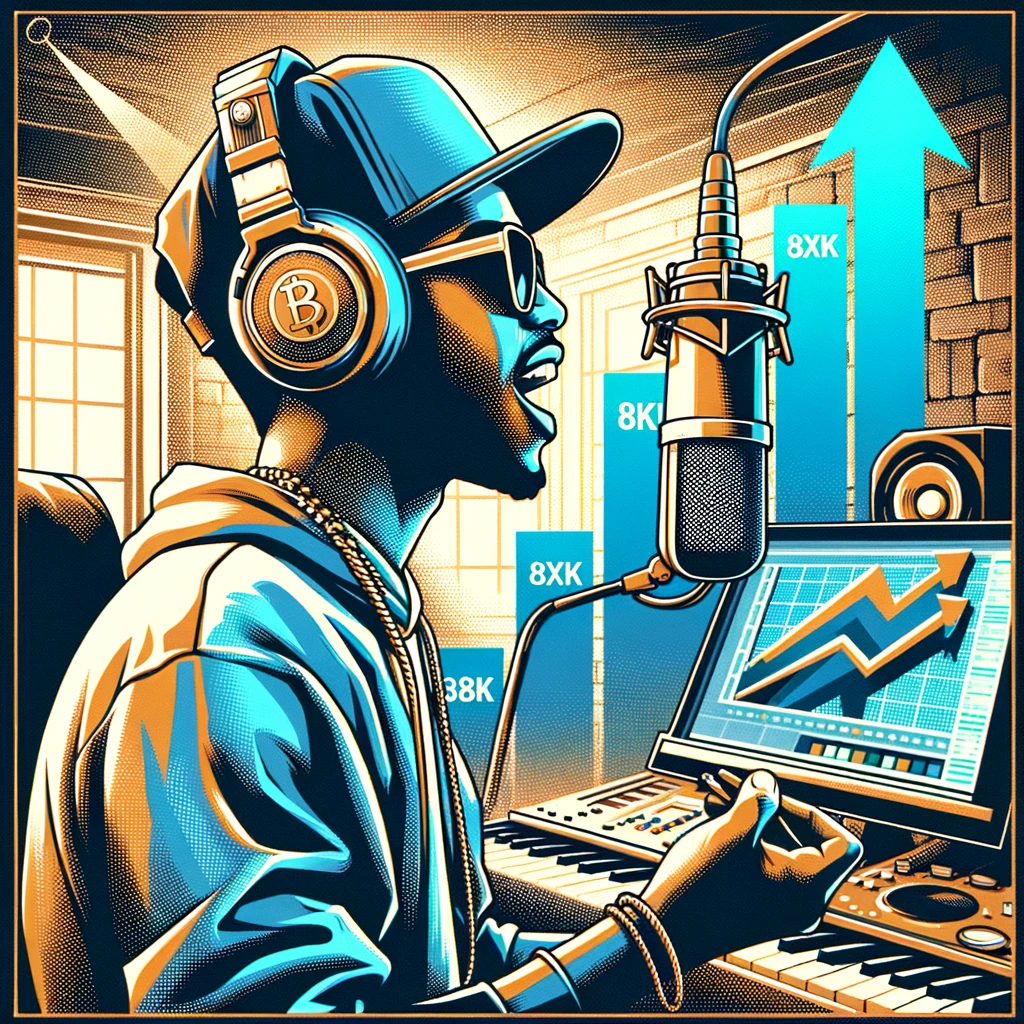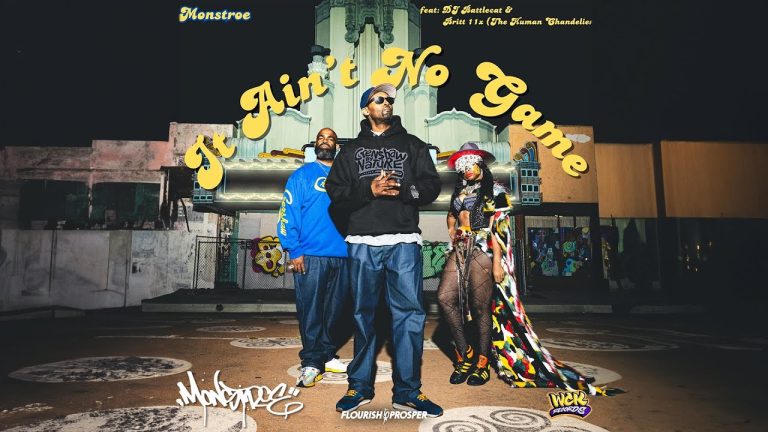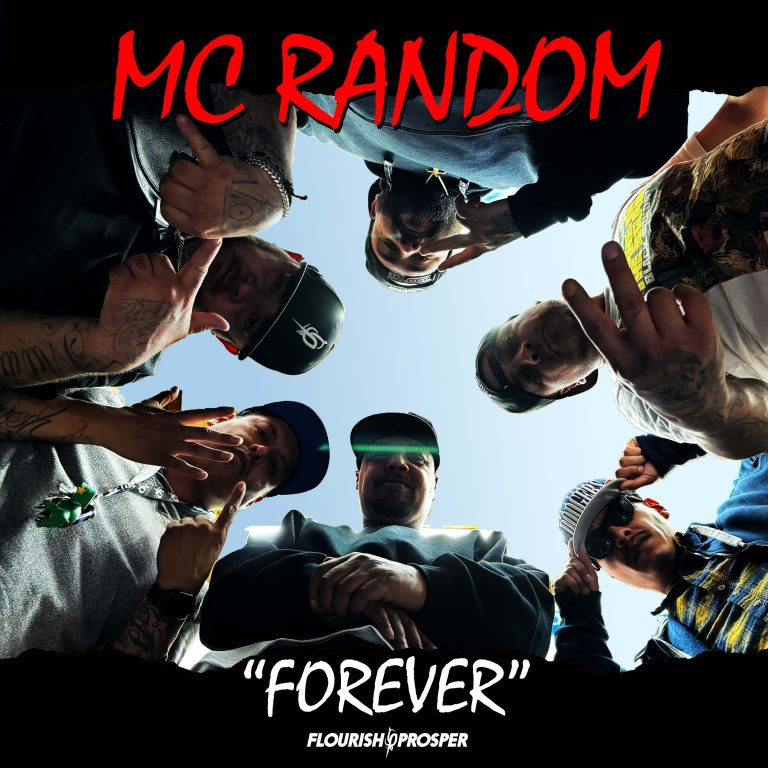Understanding the Basics of Digital Downloads and Streaming
Grasping the Concept of Digital Downloads
Digital downloads refer to acquiring content like music, videos, or software by downloading it from the internet. Unlike physical products such as CDs or DVDs, digital downloads exist in a virtual format which is typically stored on your device—be it a computer, smartphone, or tablet. Once purchased, this content may be used at any time, even without an internet connection.
A chief advantage of digital downloads is that they make content instantly accessible after purchase. They also eliminate issues like wear and tear or loss associated with physical copies. However, they do take up space on your hard drive and generally require one-time payment which can be higher than streaming services’ monthly fees.
Demystifying Streaming Services
Streaming, on the other hand, refers to playing content directly from the internet in real time, without having to download the file onto your device. This method has surged in popularity in recent years with platforms like Spotify, Netflix, and YouTube leading the charge. To stream content, users generally pay a monthly subscription fee which grants unlimited access to the platform’s library.
The primary benefit of streaming services is that they provide access to vast libraries of content without taking up space on your device. Additionally, as long as you maintain your subscription, you have the freedom to explore new content continuously. However, streaming requires a steady and robust internet connection to work smoothly, which can be a limitation in areas with poor connectivity.
The Intersection of Downloads and Streaming
While these two methods are distinct, they sometimes intersect. For example, some streaming services offer an option to download content for offline use. While this feature mimics digital download, it is contingent on an active subscription. If you cancel your subscription, you lose access to the downloaded content. This consideration is crucial from a user perspective and affects how creators generate royalties on these platforms.
Royalty Payments: An Overview

Royalty payments represent the primary way artists, composers, and other music industry stakeholders earn revenue from their creative works. The specifics of these payments can vary significantly depending on whether the music is purchased as a digital download or accessed through a streaming platform. This section provides an in-depth understanding of what royalty payments are and how they function in both cases.
Understanding Royalty Payments
Royalty payments in the music industry refer to the compensation awarded to rights holders whenever their music is sold, performed, or used commercially in any way. These rights holders typically include recording artists, songwriters, record labels, and publishers. The specific percentage of royalties allocated to each entity is often subject to contractual agreements and varies greatly depending on the medium through which the music is distributed.
Digital Downloads and Royalties
When music is acquired via a digital download, the purchaser essentially purchases a copy of the song or album. This leads to an immediate one-off payment, often split between the artist, the songwriter, and their respective representation based on pre-determined rates. The distributor platforms themselves also take a cut of this payment. The advantage of digital downloads from the point of view of the rights holder is that they can provide a significant payout at once, rather than over time.
Streaming Services and Royalties
In contrast, streaming platforms operate on a pay-per-stream model. Each time a song is streamed, a royalty payment is generated. This amount is significantly smaller than the revenue from a digital download, given the nature of the usage. However, the cumulative effect of multiple streams over time can lead to substantial earnings for the rights holder. The division of these royalties follows a similar pattern to digital downloads, where artists, songwriters, and their representatives receive shares based on contractual agreements. Streaming platforms also deduct their fees before the remaining revenue is distributed.
Dissecting Royalties in the Digital Download Market
Understanding Digital Download Royalties
In the realm of digital downloads, royalties typically stem from the sale of individual songs or albums. When a customer purchases a piece of music through a platform like iTunes or Amazon Music, they are essentially buying a digital copy that they can store and play indefinitely. Essentially, it’s much like buying a CD or vinyl record, with the difference being the format.
The royalty rates in the digital download market vary depending on several factors such as territorial jurisdiction, type of rights involved, and the contract terms established with the digital platforms. However, in general, artists receive a percentage of the retail price per digital download, which is often higher than what is received from streaming services.
Breakdown of Payments in the Digital Download Market
Typically, a digital download platform takes a fixed percentage cut of the sale, usually around 30%. The remaining 70% then makes its way to the label or distributor that holds the rights to the music. If the artist is signed to a record label, they will then receive their share based on their individual contractual agreement, which could range anywhere from 10% to 50%.
It’s important to note that the payment breakdown can become more complex when publishers, songwriters, producers, and other parties are involved. These parties have their own agreements and ways of deriving royalties, further diversifying how income flows from digital downloads.
The Impact of Artist Agreements and Rights on Digital Download Royalties
The artist’s agreement with their label significantly impacts their digital download royalties. An artist might own their master recordings – in which case, they take a higher percentage – or they might be signed under a licensing deal where the label owns the masters. The same applies to publishing rights, which cover the composition of the song itself (the lyrics and melody).
Moreover, these rights can be subject to different types of licenses, such as mechanical license for reproduction of songs, or performance licenses for live performances and radio plays. Each type of right and license carries its own potential royalty earnings, all of which come into play in the digital download market.
Finally, it’s worth noting that royalties from digital downloads may decline over time as consumers increasingly shift toward streaming platforms. However, they continue to contribute an important income stream for many artists, especially those with a significant fanbase willing to purchase their music for keeps.
Unraveling Royalties from Streaming Services
Understanding Streaming Service Royalties
Streaming services have grown to become the dominant form of music consumption in today’s market, vastly outpacing digital downloads. However, deciphering how royalties are paid out can be complex. Unlike digital downloads where artists receive a percentage of each unit sold, streaming services use a pro-rata model. Essentially, each service collects total revenue from subscriptions and advertisements, deducting their operating costs. The remaining pot is then divided by the total number of streams to calculate a pay-per-stream rate.
The Pro-Rata Model and Artist Compensation

This pro-rata model affects how much an artist can earn from streaming. In quite simple terms, the more popular a track, the larger its share of the total revenue. This means that massive hits tend to make money at an exponentially higher rate compared to less popular songs. For independent musicians or those just starting out the competition can be steep. Moreover, rates per stream differ from one platform to another and may also vary depending on factors like the listener’s country and the artist’s record contract.
Disparities Between Streaming Platforms
There is significant variability between different streaming platforms’ payouts. Services like Apple Music and TIDAL are known to have higher pay-per-stream rates, whereas Spotify and YouTube have lower rates. It’s crucial for artists to understand these discrepancies when choosing where to distribute their music.
In the end, navigating the complex world of streaming royalties requires a keen understanding of the factors at play. Despite the complexity, streaming remains a vital source of income for many artists. By understanding how these systems work, artists can strategize to maximize their revenue in the rapidly evolving digital music industry.
Navigating the Differences in Royalties Across Platforms
Differences in Royalty Calculation
Each platform calculates royalties differently. For digital downloads, such as iTunes, artists earn a set fee per download. This figure, often around 70% of the retail price, gets divided between all the rights holders. On the other hand, streaming services like Spotify and Apple Music use a pro-rata model. Here, total revenue is divided among all streamed tracks proportionately. This means popular songs fetch more royalty pie, even if they’re streamed at cheaper subscription rates.
Discrepancies in Royalty Distribution
Distribution of royalties also varies significantly across platforms. In the case of digital downloads, the revenue generated through sales is typically distributed directly to the artist or the record label, depending upon the contract agreement. However, with streaming platforms, the royalties get split between mechanical and performance royalties. Mechanical royalties cover the right to reproduce the song, while performance royalties pertain to the right to perform it publicly. These are typically collected by Performing Rights Organizations and distributed to the artists and rights holders.
Platform-Specific Payout Rates
Payout rates per stream or download can also hugely differ across various platforms. Platforms like Napster and Tidal are known to pay significantly higher rates per stream compared to others such as Spotify and YouTube. It’s important for artists to understand these differences when distributing their music. Similarly, the rate of payout on downloads may differ across different online stores, reflecting in the overall earnings of the music creators. The key here is to balance between platforms that offer wider exposure and those that provide higher royalty rates.
Looking for a trusted and knowledgeable agency to help market your music career?
Contact us at + 1 626 872-5151 or info@flourishprosper.net
Or Checkout our website at flourishprosper.net




